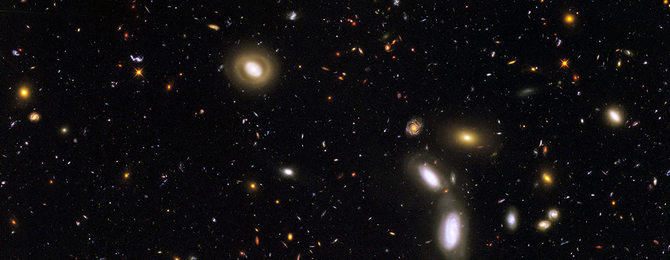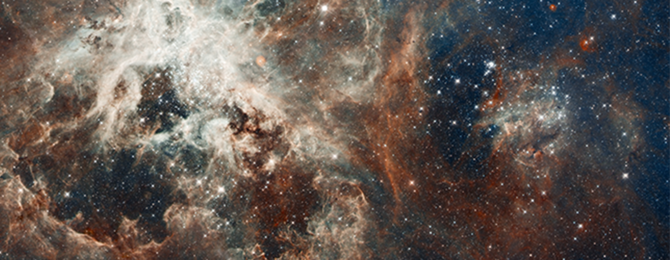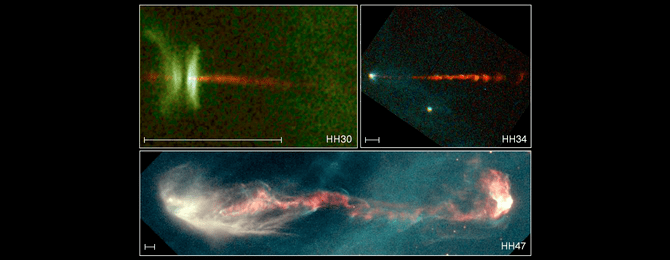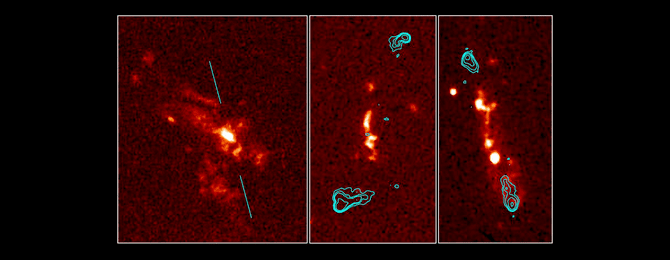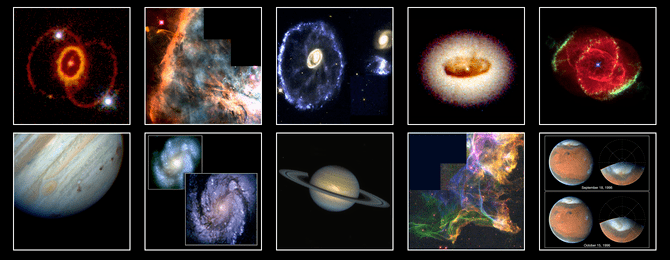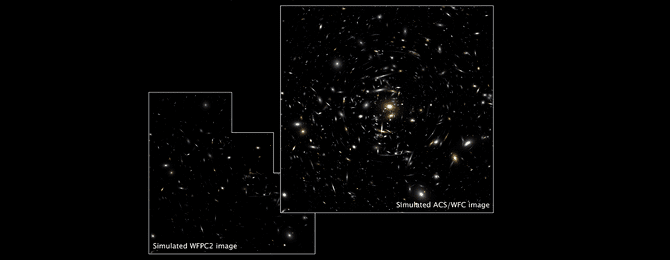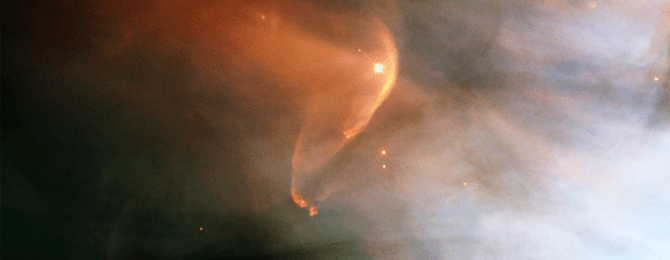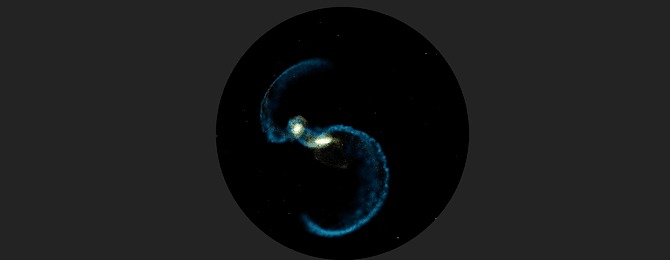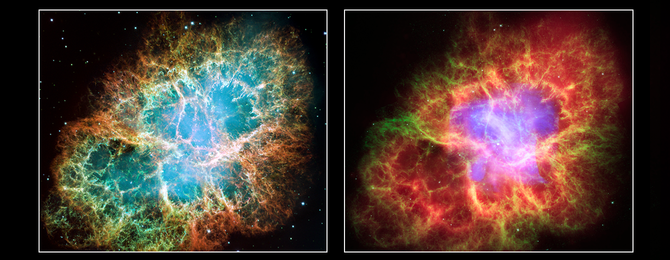Improved Hubble Yardstick Gives Fresh Evidence for New Physics in the Universe
The good news: Astronomers have made the most precise measurement to date of the rate at which the universe is expanding since the big bang. The possibly unsettling news: This may mean that there is something unknown about the makeup of the universe. The new numbers remain at odds with independent measurements of the early universe's expansion. Is something unpredicted going on in the depths of space?
Astronomers have come a long way since the early 1900s when they didn't have a clue that we lived in an expanding universe. Before this could be realized, astronomers needed an accurate celestial measuring stick to calculate distances to far-flung objects. At that time, faint, fuzzy patches of light that we now know as galaxies were thought by many astronomers to be objects inside our Milky Way. But, in 1913, Harvard astronomer Henrietta Leavitt discovered unique pulsating stars that maintain a consistent brightness no matter where they reside. Called Cepheid variables, these stars became reliable yardsticks for astronomers to measure cosmic distances from Earth.
A few years later, building on Leavitt's pioneering work, astronomer Edwin Hubble found a Cepheid variable star in the Andromeda nebula. By measuring the star's tremendous distance, Hubble proved that the nebula was really an entire galaxy — a separate island of billions of stars far outside our Milky Way.
He went on to find many more galaxies across space. When he used Cepheid variables to measure galaxy distances, he found that the farther away a galaxy is, the faster it appears to be receding from us. This led him to the monumental discovery that our universe is uniformly expanding in all directions. And, even the universe's age, which today we know is 13.8 billion years, could be calculated from the expansion rate.
Little would Leavitt have imagined that her Cepheid variable work would become the solid bottom rung of a cosmic distance ladder of interlinked techniques that would allow for measurements across billions of light-years.
The latest Hubble telescope results that solidify the cosmic ladder confirm a nagging discrepancy showing the universe is expanding faster now than was expected from its trajectory seen shortly after the big bang. Researchers suggest that there may be new physics at work to explain the inconsistency. One idea is that the universe contains a new high-speed subatomic particle. Another possibility is that dark energy, already known to be accelerating the cosmos, may be shoving galaxies away from each other with even greater — or growing — strength.
The Hubble study extends the number of Cepheid stars analyzed to distances of up to 10 times farther across our galaxy than previous Hubble results. The new measurements help reduce the chance that the discrepancy in the values is a coincidence to 1 in 5,000.
(More at HubbleSite.com)




